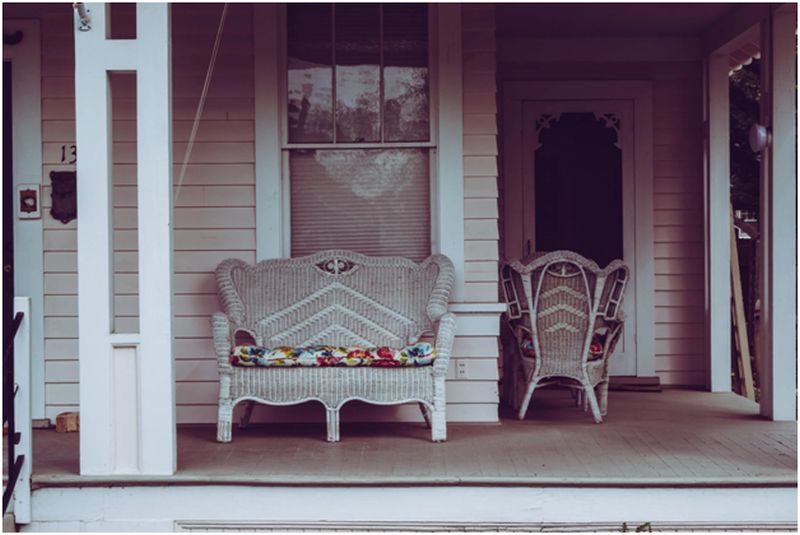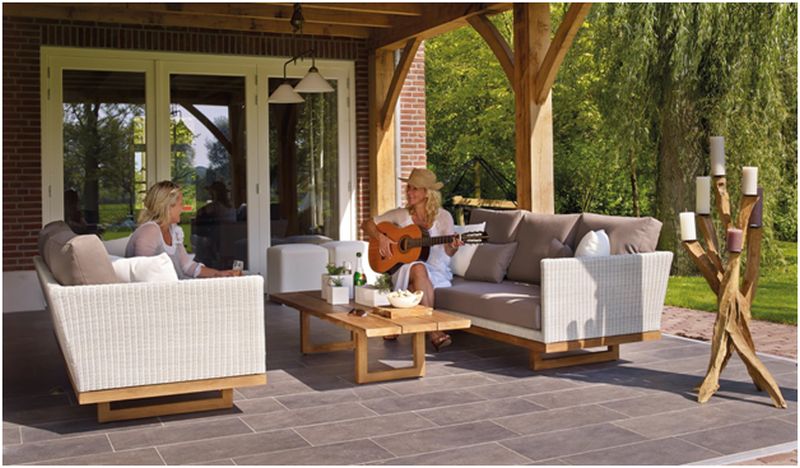Styles
There are several common patio styles. All patios have a platform and may have several levels. If the patio is higher than a foot off the ground, it will likely have railings for safety. Wood planks are commonly used. A composite patio board (https://en.wikipedia.org/Composite_lumber) can be an excellent choice for this style. It can last for decades. It can also be outfitted with patio furniture, including tables and chairs.
The most popular patio style is the velocity style. The velocity style is a two-post style. The posts have two holes, one on either side, and allow you to build dual coils. This type of patio is especially convenient if you’re just starting out with coil building. You don’t have to worry about cutting the leads for the second coil, which can be frustrating if you’ve already built one.
Another benefit of this style is the size of the post holes. Two-story patios are another common type. These allow outdoor access from the second floor of a home. Compared to traditional two-post patios, these are typically larger than standard two-post patios. One of the most popular kinds of two-story patios is a two-story model.
This style gives you access to both floors of the home, allowing you to enjoy your garden from both levels. You can also opt for a two-story deck, which allows you to use a separate exterior entrance. Platform patios are the most basic type of patio style. They are low to the ground, usually attached to a single-story home, and lack railings.
Platform patios often tie together the patio and a grassy recreational area, as seen here. They are often low to the ground, which makes it easy for guests to move between the two spaces. Some platform patios also feature elaborate architectural details or interesting curves and angles. You should be careful when choosing the platform style for your home.
Types

There are different types of wood used for building patios. They can be free standing or attached to the house. There are several different types of wood used for building a patio, including cedar, ipe, and pressure-treated wood. The type of wood used will determine the maintenance requirements and budget.
Pressure-treated wood is the cheapest option but is often toxic. Cedar and redwood are popular choices because of their unique color and texture. Other types of patios aim to disrupt synergies, ignore weak threats, and drag games out past the preparations of the opponent. Some of these patios are also fast, but they become less effective as the game progresses.
There are a variety of sizes, colors, materials, and shapes for outdoor seating platforms. Some deck builders can be very powerful porches or terraces, but they can also be quite expensive. Aluminum and composite materials are also popular options for constructing a deck. Aluminum and plastic are less expensive than wood and aluminum, but they do have different properties.
Cedar decks, for example, are highly durable and have less maintenance than the other types. Cedar and aluminum decks can be aesthetically pleasing and can last for decades. But be sure to research the durability of different materials before making a decision. Fortunately, there are many different types of patios to choose from and none that are bad.
Costs of Building
Wood materials are another important cost consideration. There are many different types of wood, including softwoods like redwood and cedar. Softwoods are easier to work with and don’t shrink much with weather conditions. Tropical hardwoods like ipe are more durable and will last for decades.
While you may have to pay more upfront, you’ll be saving money over time. However, you must know your skill level and how well you can follow through with the project. Time is another significant cost consideration. Building a patio is an extended project, requiring several weekends.
Time spent drawing plans, picking up materials, researching construction materials, and obtaining building permits and inspections can add up. If you’re building a patio for yourself, estimate the amount of time you’ll spend researching, putting up fences, or working on landscaping. Once you have an idea of how much time you’ll need, you can budget accordingly.
Article Submitted By Community Writer




